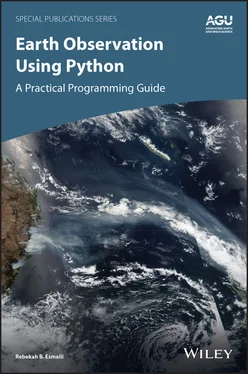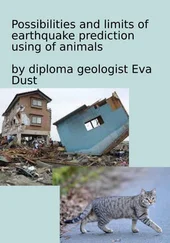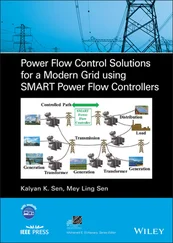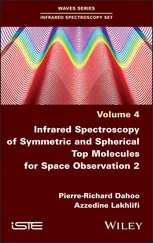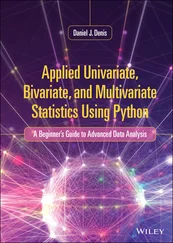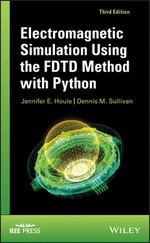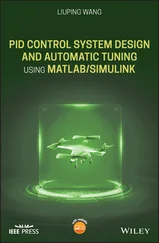105 105
106 106
107 107
108 108
109 109
110 110
111 111
112 112
113 113
114 114
115 115
116 116
117 117
118 118
119 119
120 120
121 121
122 122
123 123
124 124
125 125
126 126
127 127
128 128
129 129
130 130
131 131
132 132
133 133
134 134
135 135
136 136
137 137
138 138
139 139
140 140
141 141
142 142
143 143
144 144
145 145
146 146
147 147
148 148
149 149
150 150
151 151
152 152
153 153
154 154
155 155
156 156
157 157
158 158
159 159
160 160
161 161
162 162
163 163
164 164
165 165
166 166
167 167
168 168
169 169
170 170
171 171
172 172
173 173
174 174
175 175
176 176
177 177
178 178
179 179
180 180
181 181
182 182
183 183
184 184
185 185
186 186
187 187
188 188
189 189
190 190
191 191
192 192
193 193
194 194
195 195
196 196
197 197
198 198
199 199
200 200
201 201
202 202
203 203
204 204
205 205
206 206
207 207
208 208
209 209
210 210
211 211
212 212
213 213
214 214
215 215
216 216
217 217
218 218
219 219
220 221
221 222
222 223
223 224
224 225
225 226
226 227
227 228
228 229
229 230
230 231
231 232
232 233
233 234
234 235
235 236
236 237
237 239
238 240
239 241
240 242
241 243
242 244
243 245
244 246
245 247
246 248
247 249
248 250
249 251
250 252
251 253
252 254
253 255
254 256
255 257
256 259
257 260
258 261
259 262
260 263
261 264
262 265
263 267
264 268
265 269
266 270
267 271
268 272
269 273
270 274
271 275
272 276
273 277
274 278
275 279
276 280
277 281
278 283
279 284
280 285
281 286
282 287
283 288
Special Publications 75
EARTH OBSERVATION USING PYTHON
A Practical Programming Guide
Rebekah B. Esmaili
This Work is a co‐publication of the American Geophysical Union and John Wiley and Sons, Inc.

This edition first published 2021
© 2021 American Geophysical Union
All rights reserved. No part of this publication may be reproduced, stored in a retrieval system, or transmitted, in any form or by any means, electronic, mechanical, photocopying, recording or otherwise, except as permitted by law. Advice on how to obtain permission to reuse material from this title is available at http://www.wiley.com/go/permissions.
Published under the aegis of the AGU Publications Committee
Brooks Hanson, Executive Vice President, Science
Carol Frost, Chair, Publications Committee
For details about the American Geophysical Union visit us at www.agu.org.
The right of Rebekah B. Esmaili to be identified as the author of this work has been asserted in accordance with law.
Registered Office John Wiley & Sons, Inc., 111 River Street, Hoboken, NJ 07030, USA
Editorial Office 111 River Street, Hoboken, NJ 07030, USA
For details of our global editorial offices, customer services, and more information about Wiley products visit us at www.wiley.com.
Wiley also publishes its books in a variety of electronic formats and by print‐on‐demand. Some content that appears in standard print versions of this book may not be available in other formats.
Limit of Liability/Disclaimer of Warranty
While the publisher and authors have used their best efforts in preparing this work, they make no representations or warranties with respect to the accuracy or completeness of the contents of this work and specifically disclaim all warranties, including without limitation any implied warranties of merchantability or fitness for a particular purpose. No warranty may be created or extended by sales representatives, written sales materials or promotional statements for this work. The fact that an organization, website, or product is referred to in this work as a citation and/or potential source of further information does not mean that the publisher and authors endorse the information or services the organization, website, or product may provide or recommendations it may make. This work is sold with the understanding that the publisher is not engaged in rendering professional services. The advice and strategies contained herein may not be suitable for your situation. You should consult with a specialist where appropriate. Further, readers should be aware that websites listed in this work may have changed or disappeared between when this work was written and when it is read. Neither the publisher nor authors shall be liable for any loss of profit or any other commercial damages, including but not limited to special, incidental, consequential, or other damages.
Library of Congress Cataloging‐in‐Publication Data Name: Esmaili, Rebekah Bradley, author. Title: Earth observation using Python : a practical programming guide / Rebekah B. Esmaili. Description: Hoboken, NJ : Wiley, [2021] | Includes bibliographical references and index. Identifiers: LCCN 2021001631 (print) | LCCN 2021001632 (ebook) | ISBN 9781119606888 (hardback) | ISBN 9781119606895 (adobe pdf) | ISBN 9781119606918 (epub) Subjects: LCSH: Earth sciences—Data processing. | Remote sensing–Data processing. | Python (Computer program language) | Information visualization. | Artificial satellites in earth sciences. | Earth sciences—Methodology. Classification: LCC QE48.8 .E85 2021 (print) | LCC QE48.8 (ebook) | DDC 550.285/5133—dc23 LC record available at https://lccn.loc.gov/2021001631LC ebook record available at https://lccn.loc.gov/2021001632
Cover Design: Wiley
Cover Image: © NASA
When I first met the author a few years ago, she was eager to become more involved in the Joint Polar Satellite System’s Proving Ground. The Proving Ground by definition assesses the impact of a product in the user’s environment; this intrigued Rebekah because as a product developer, she wanted to understand the user’s perspective. Rebekah worked with the National Weather Service to demonstrate how satellite‐derived atmospheric temperature and water vapor soundings can be used to describe the atmosphere’s instability to support severe weather warnings. Rebekah spent considerable time with users at the Storm Prediction Center in Norman, Oklahoma, to understand their needs, and she found their thirst for data and the need for data to be easily visualized and understandable. This is where Rebekah leveraged her expert skills in Python to provide NWS with the information they found to be most useful. Little did I know at the time she was writing a book.
As noted in this book, a myriad of Earth‐observing satellites collect critical information of the Earth’s complex and ever‐changing environment and landscape. However, today, unfortunately, all that information is not effectively being used for various reasons: issues with data access, different data formats, and the need for better tools for data fusion and visualization. If we were able to solve these problems, then suddenly there would be vast improvements in providing societies with the information needed to support decisions related to weather and climate and their impacts, including high‐impact weather events, droughts, flooding, wildfires, ocean/coastal ecosystems, air quality, and more. Python is becoming the universal language to bridge these various data sources and translate them into useful information. Open and free attributes, and the data and code sharing mindset of the Python communities, make Python very appealing.
Читать дальше
